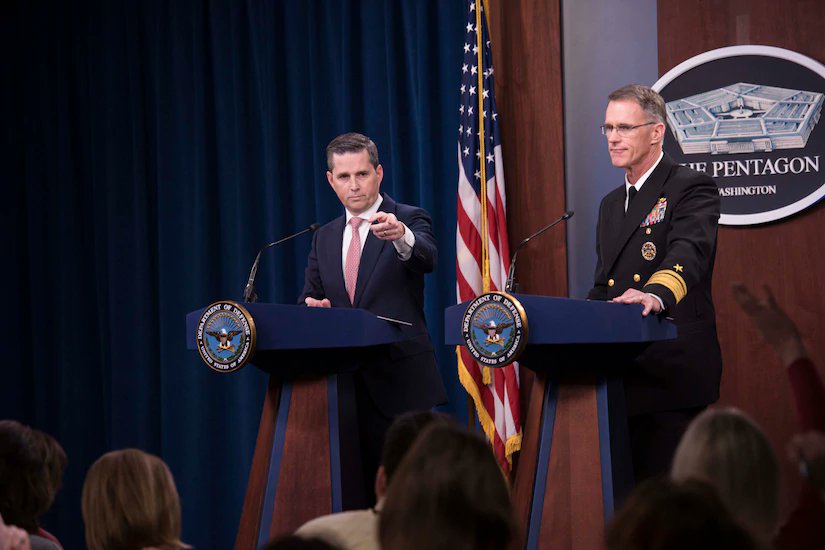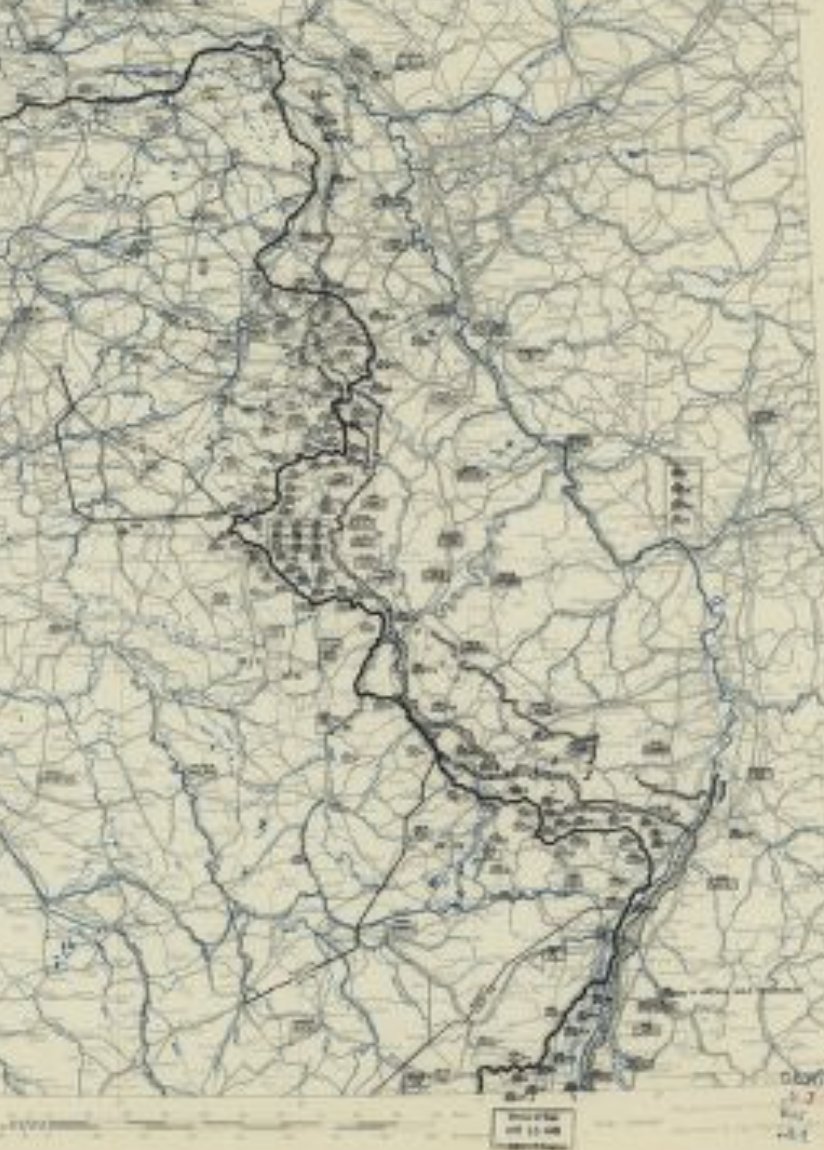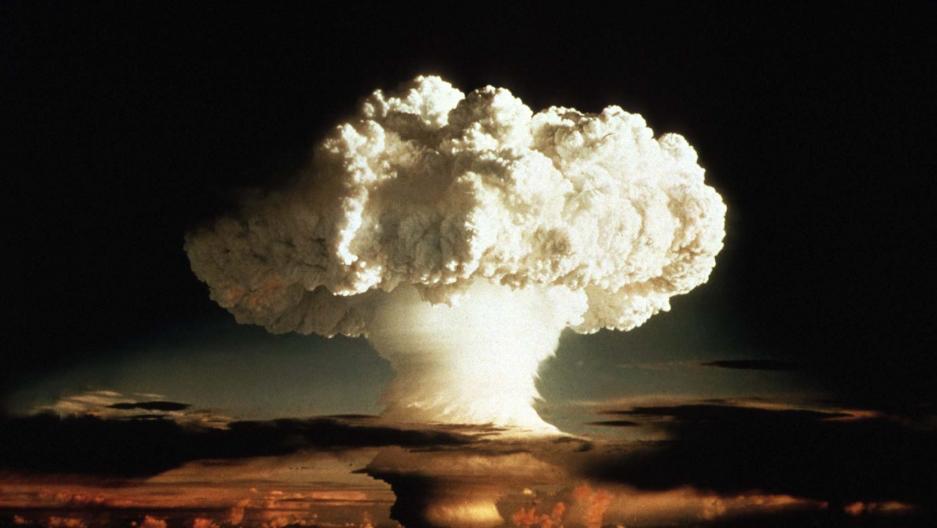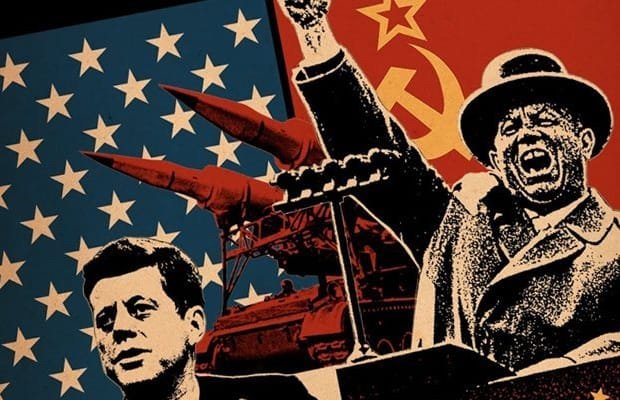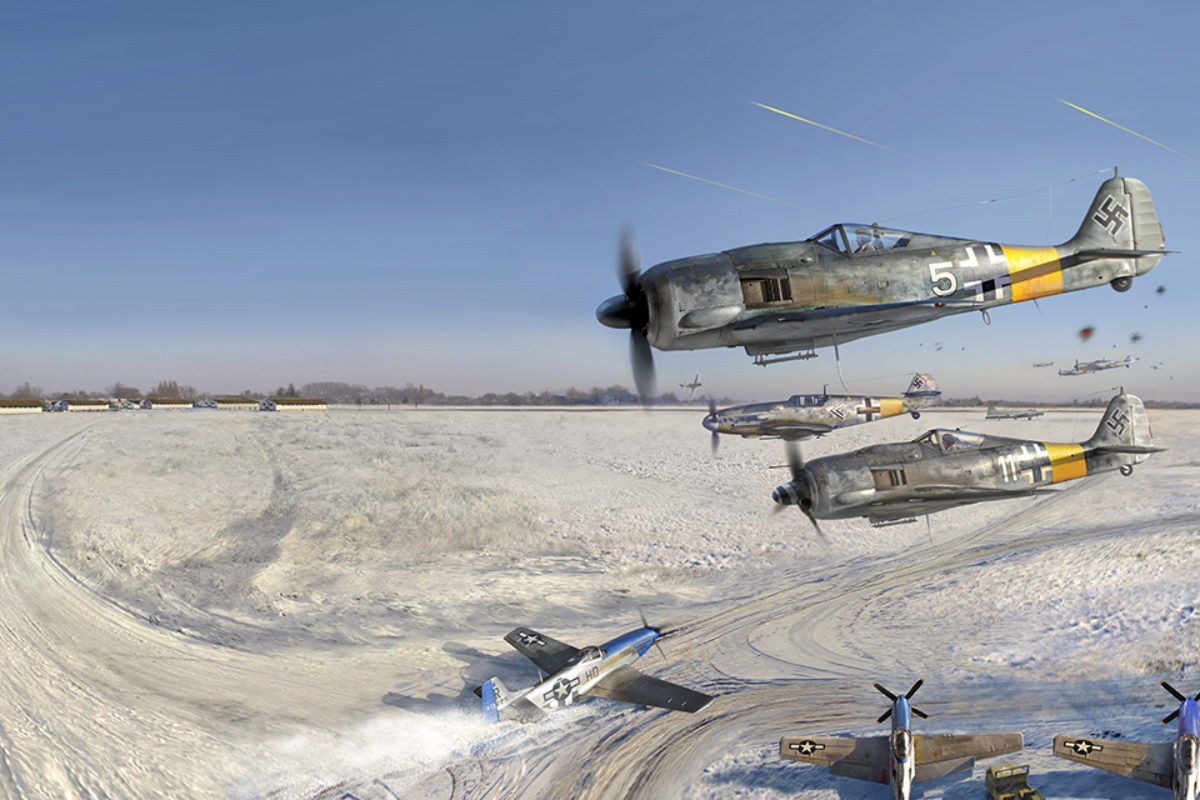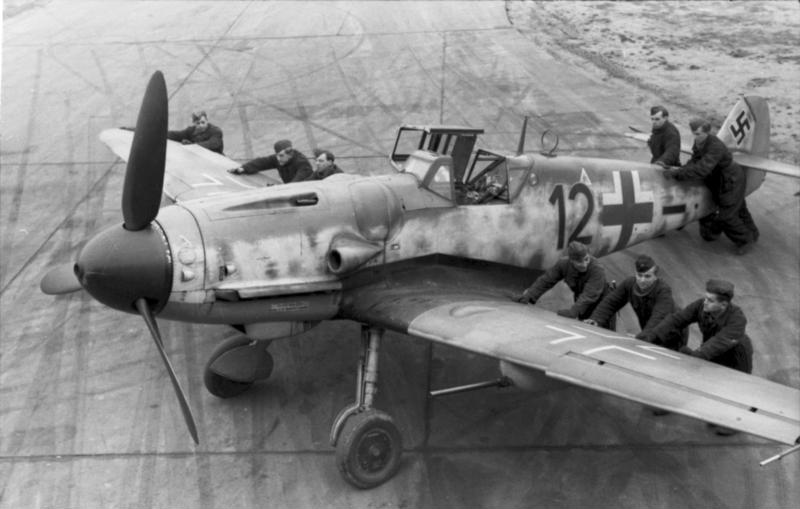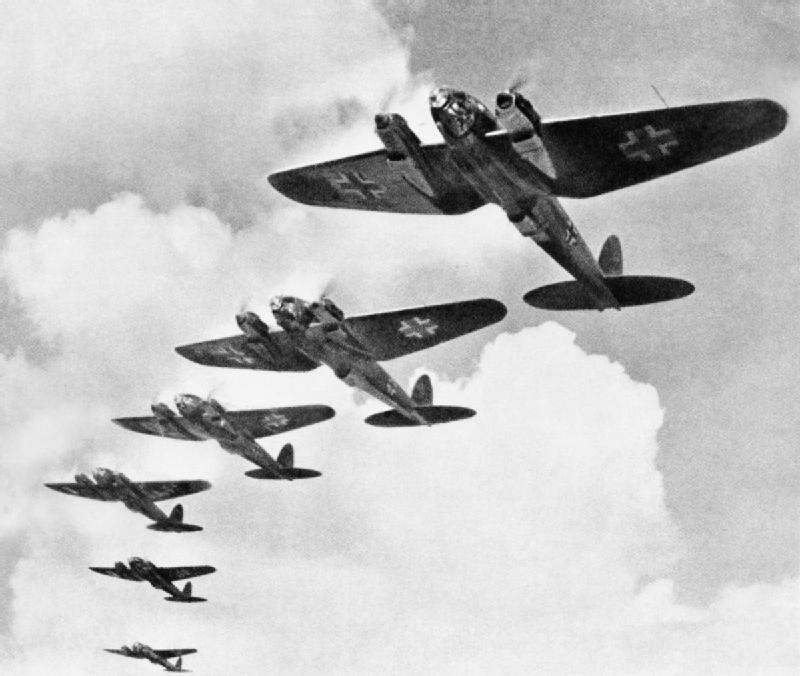
1 of 19: TANK YOU FOR YOUR SERVICE
You crazy for this one, #TankTwitter
The Battle of the Bulge was among the largest tank battles in US history.
[If you are here seeking something other than straightforward analysis of a historical event, please look elsewhere]
You crazy for this one, #TankTwitter
The Battle of the Bulge was among the largest tank battles in US history.
[If you are here seeking something other than straightforward analysis of a historical event, please look elsewhere]
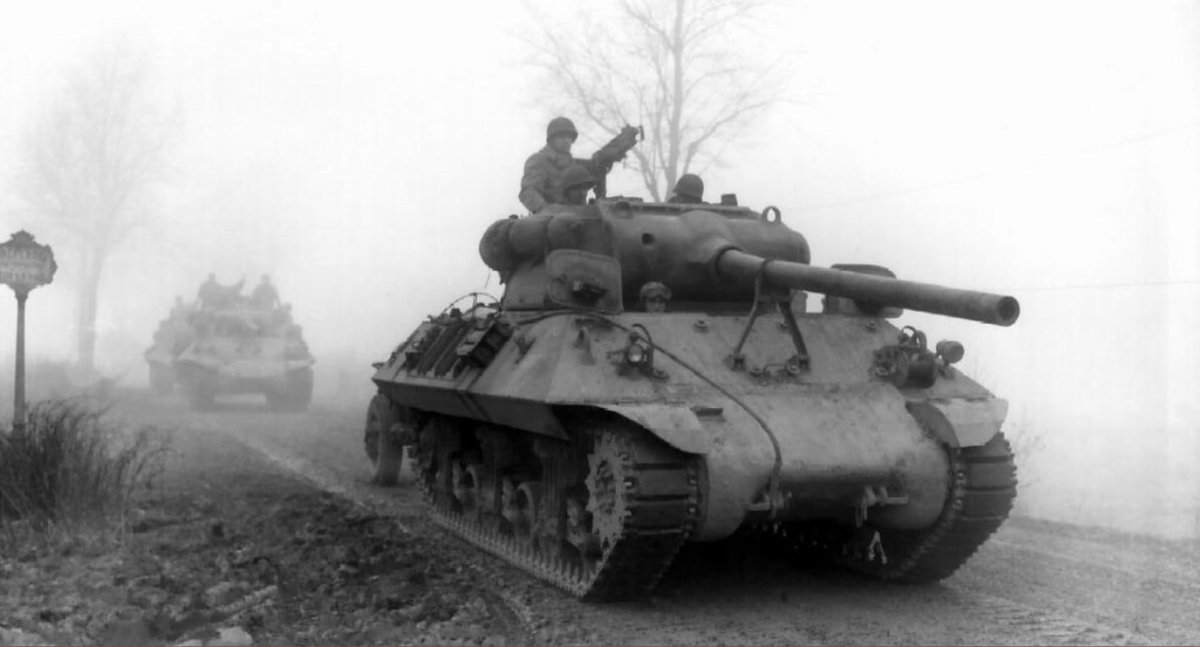
2 of 19:
After the war, a narrative developed that American tank units (7th, 9th, 10th Armored Divisions, in particular) overcame a German tank superiority in the Battle of the Battle.
After the war, a narrative developed that American tank units (7th, 9th, 10th Armored Divisions, in particular) overcame a German tank superiority in the Battle of the Battle.
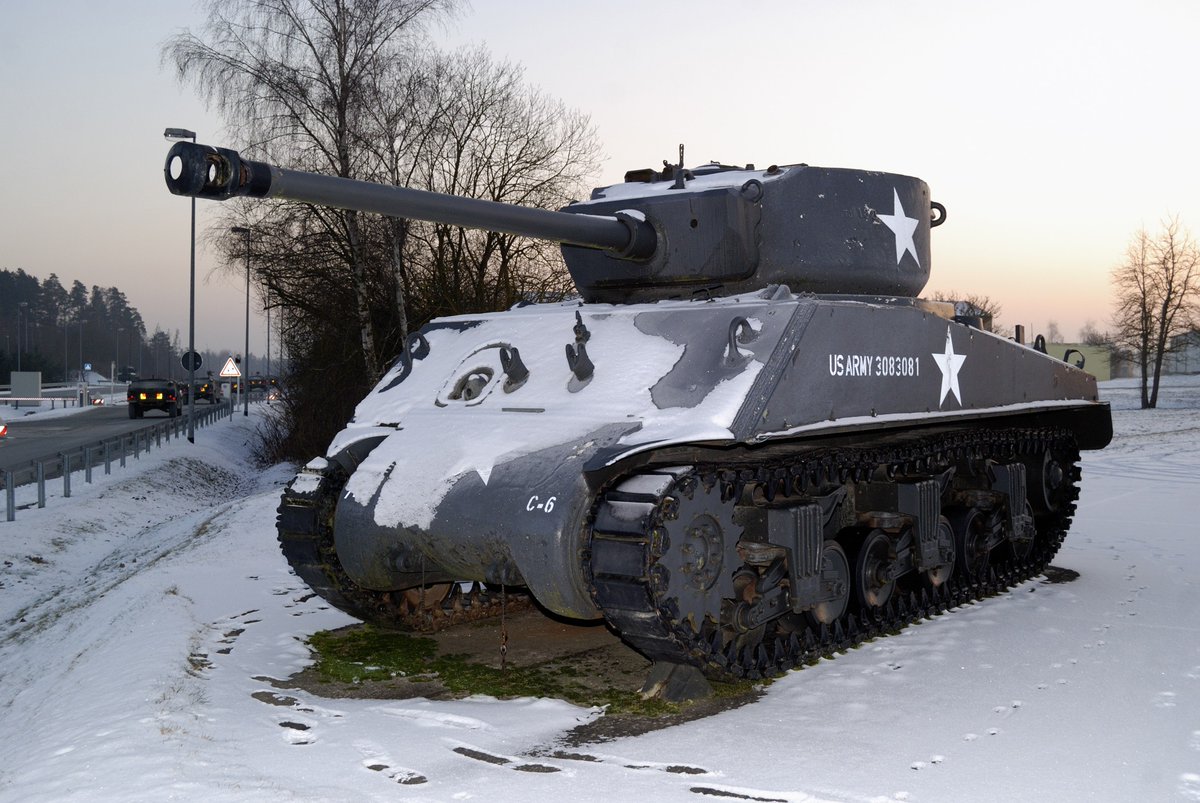
[3 of 19] We'd like to put that idea to the test.
We've discussed Kampfgruppe Peiper outmaneuvering our tanks early on with the newest German tank, the 70-ton Tiger II.
The remaining German forces had the Tiger I and Panzers.
We've discussed Kampfgruppe Peiper outmaneuvering our tanks early on with the newest German tank, the 70-ton Tiger II.
The remaining German forces had the Tiger I and Panzers.
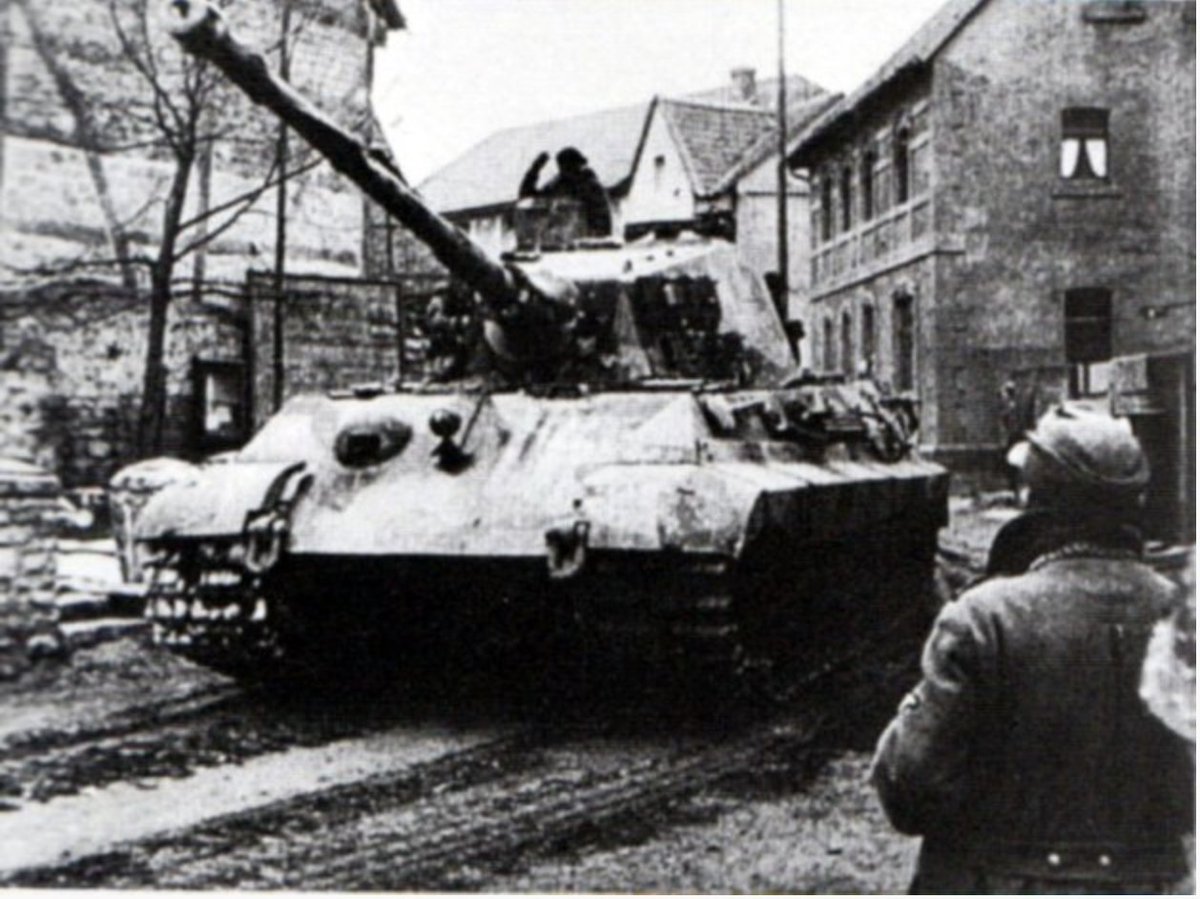
[4 of 19]
Lt. Colonel Robert Erlenbusch commanded company A, 31st Tank Battalion in St. Vith during the fighting. After the war, he wrote a paper for III Corps in which he stated that German Panther and Tiger tanks were far superior to the American Sherman and Stuart tanks.
Lt. Colonel Robert Erlenbusch commanded company A, 31st Tank Battalion in St. Vith during the fighting. After the war, he wrote a paper for III Corps in which he stated that German Panther and Tiger tanks were far superior to the American Sherman and Stuart tanks.
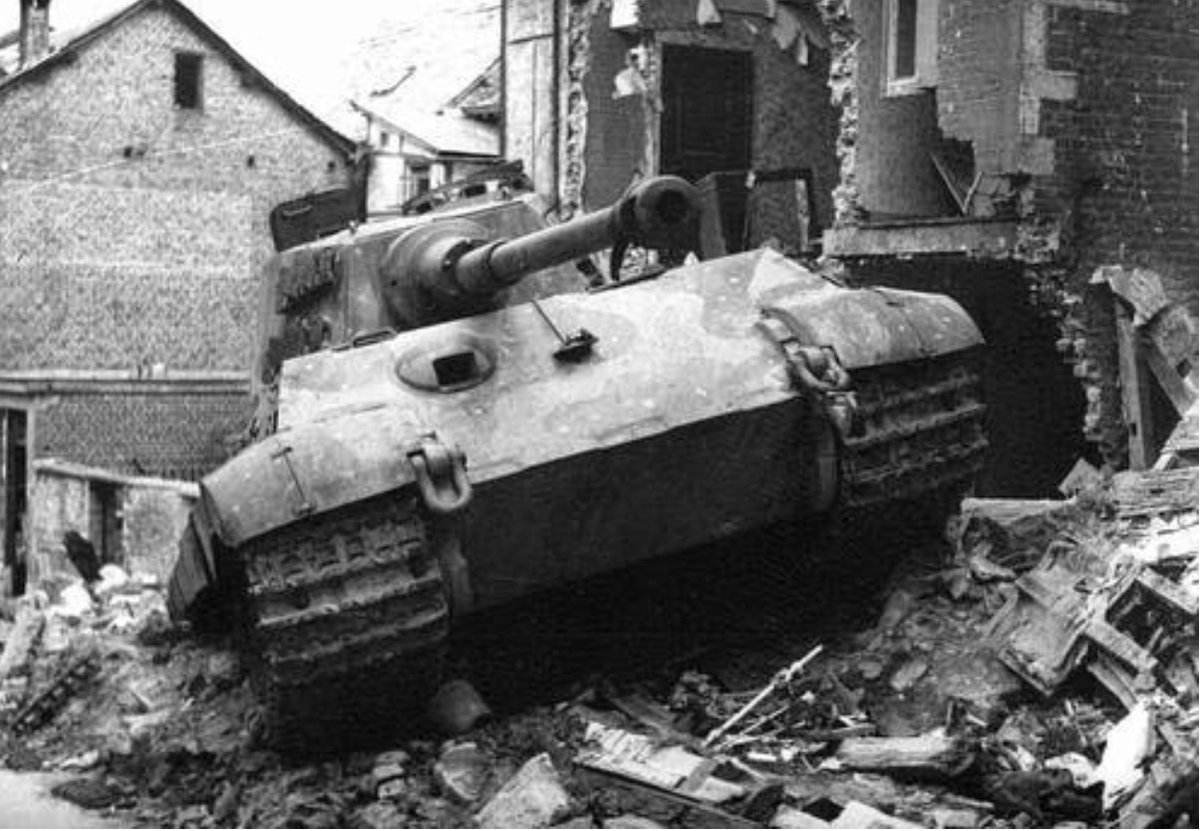
[5 of 19]
American tanks had success in Ardennes only if they hit "lucky shots" according to Erlenbusch. Many historians still reference Erlenbusch's findings.
American tanks had success in Ardennes only if they hit "lucky shots" according to Erlenbusch. Many historians still reference Erlenbusch's findings.
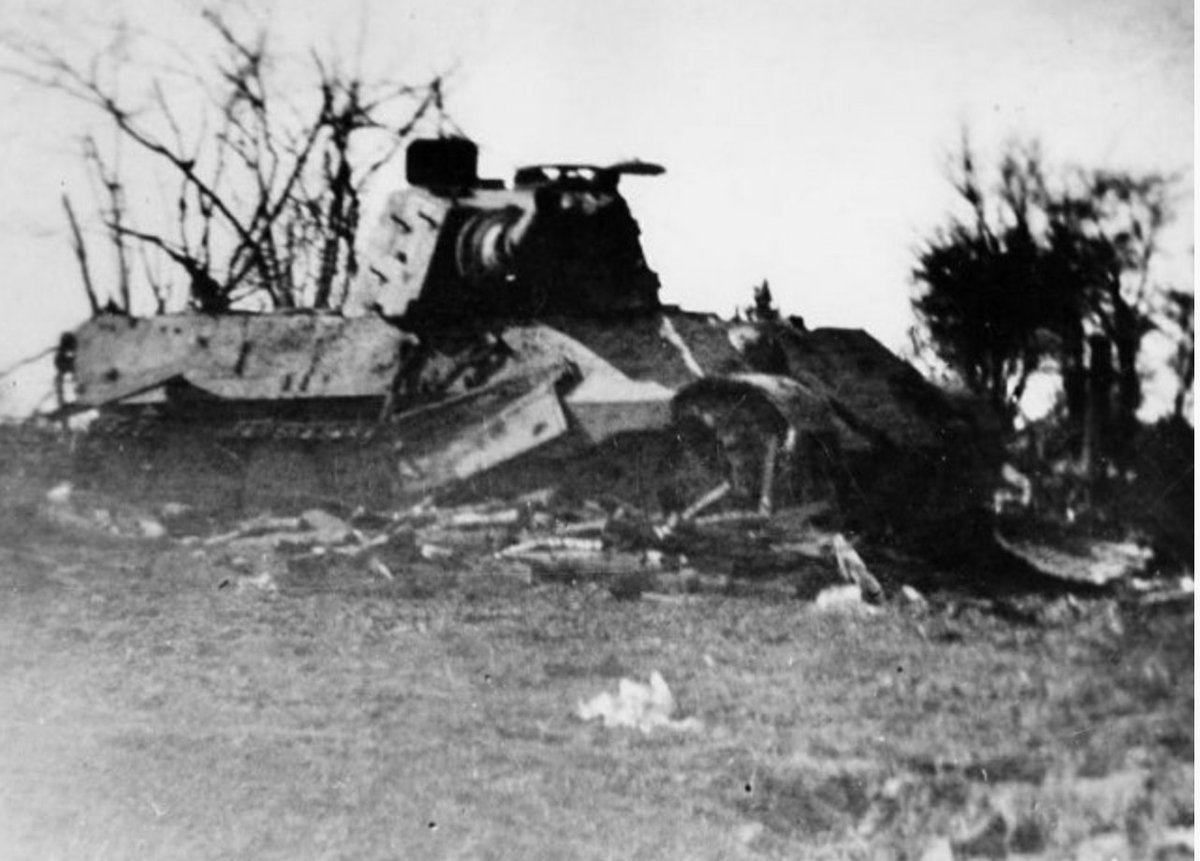
[6 of 19]
But, while the Tiger tank had a better gun (88m) and better armor than ours, our Sherman tanks may have actually had superior combat performance in the Ardennes for offensive operations.
Why do we say that? Well, 4 points here.
Ready? Let's get into 'em.
But, while the Tiger tank had a better gun (88m) and better armor than ours, our Sherman tanks may have actually had superior combat performance in the Ardennes for offensive operations.
Why do we say that? Well, 4 points here.
Ready? Let's get into 'em.
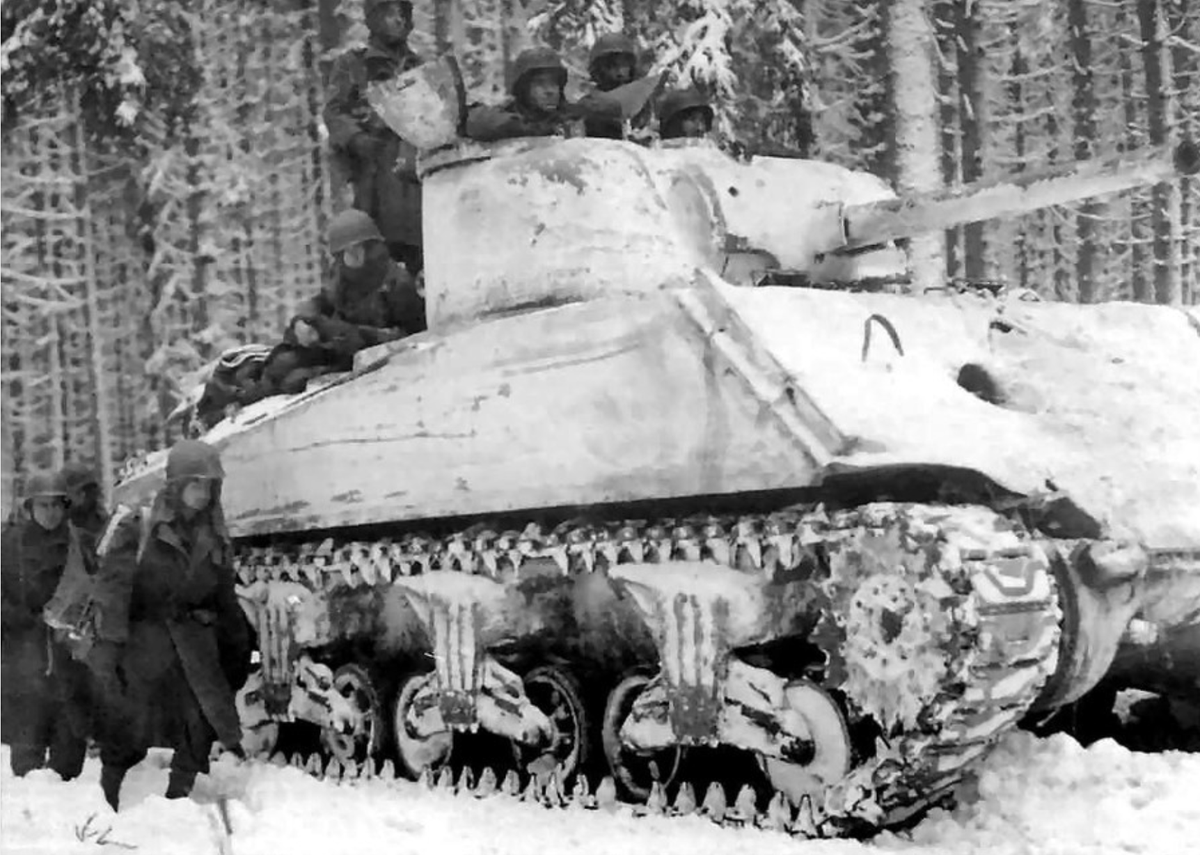
[7 of 19]
Point 1: the German Tiger I and II, the new tanks Peiper rolled out, were "maintenance dogs." They broke down all the time!
Point 1: the German Tiger I and II, the new tanks Peiper rolled out, were "maintenance dogs." They broke down all the time!
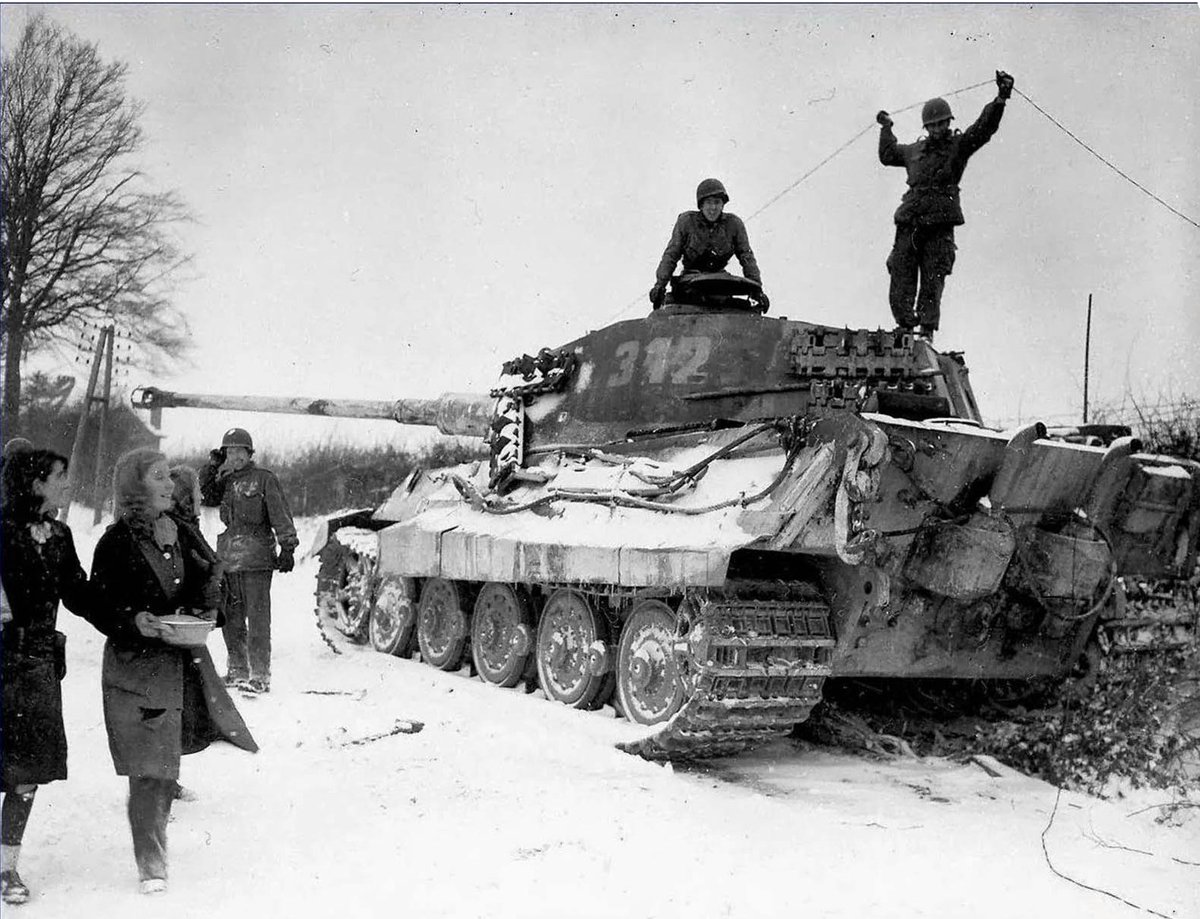
[8 of 19]
It didn't help that Germans put their newest, least experienced troops in their newest tanks & that the Tiger II was very difficult to recover, often taking 1 or 3 recovery vehicles to move each tan
It didn't help that Germans put their newest, least experienced troops in their newest tanks & that the Tiger II was very difficult to recover, often taking 1 or 3 recovery vehicles to move each tan
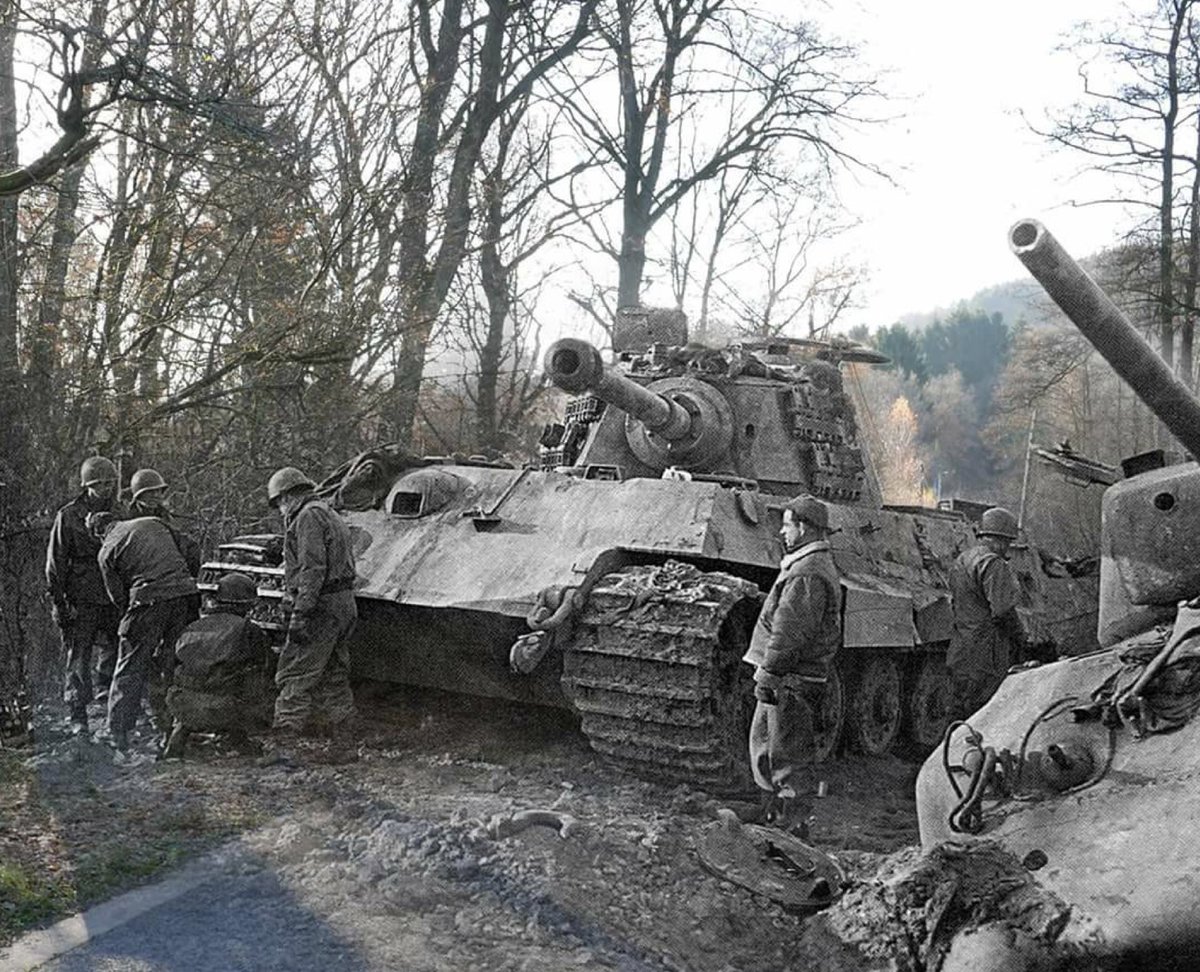
[9 of 19]
Point 2: the Tigers were fuel hogs. ANY army would have had trouble keeping a tank force that size refueled with those gas guzzlers. Tiger II tanks consumed two gallons per mile!
Point 2: the Tigers were fuel hogs. ANY army would have had trouble keeping a tank force that size refueled with those gas guzzlers. Tiger II tanks consumed two gallons per mile!
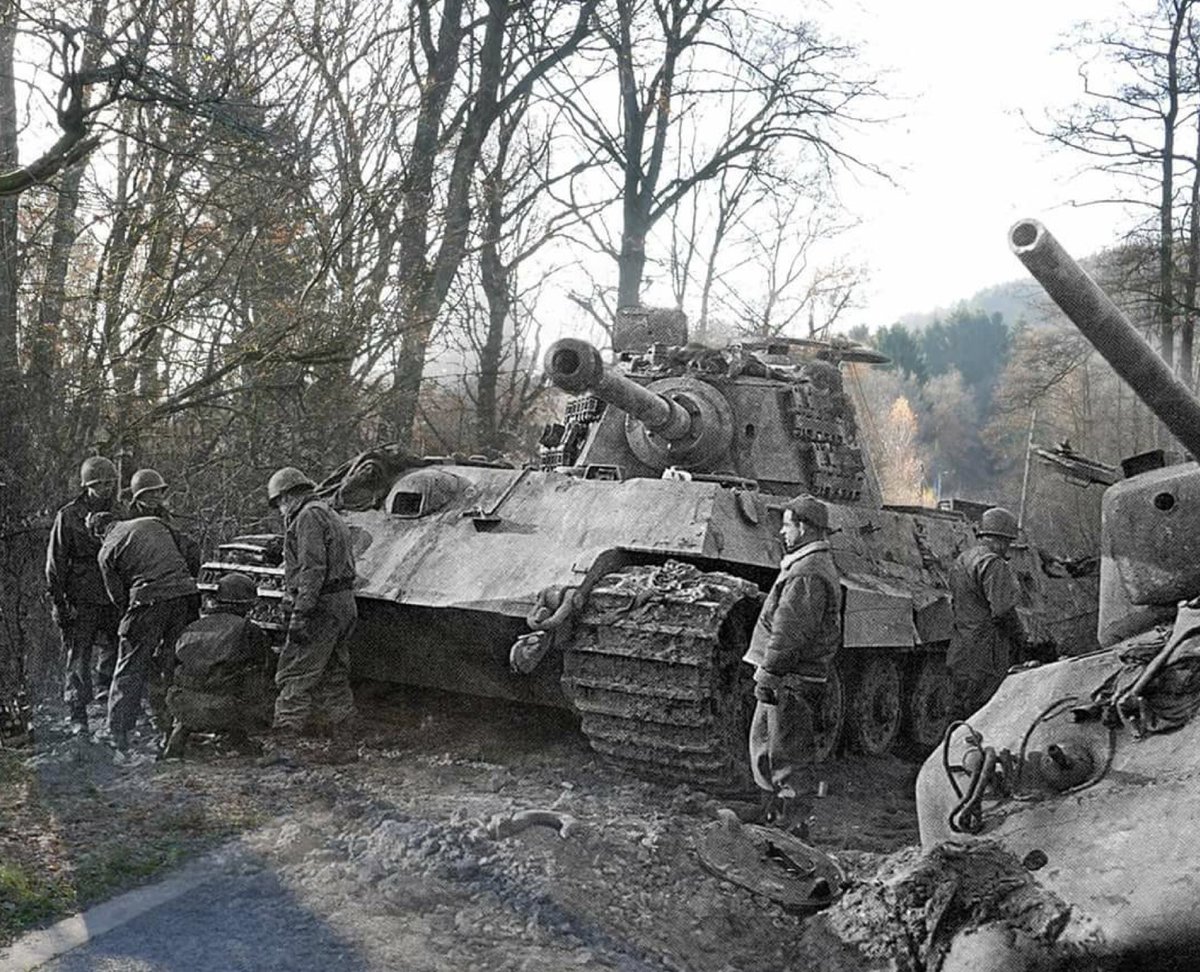
[10 of 19]
Point 2: the Tigers were fuel hogs. ANY army would have had trouble keeping a tank force that size refueled with those gas guzzlers. Tiger II tanks consumed two gallons per mile!
Point 2: the Tigers were fuel hogs. ANY army would have had trouble keeping a tank force that size refueled with those gas guzzlers. Tiger II tanks consumed two gallons per mile!
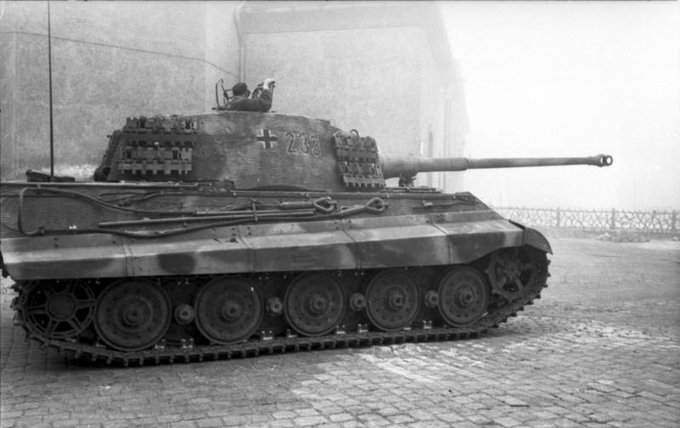
[11 of 19]
Still Point 2: Look, there is a reason Nazi loser group Kampfgruppe Peiper withdrew on foot. They had no gas and their tanks were broken!
Still Point 2: Look, there is a reason Nazi loser group Kampfgruppe Peiper withdrew on foot. They had no gas and their tanks were broken!
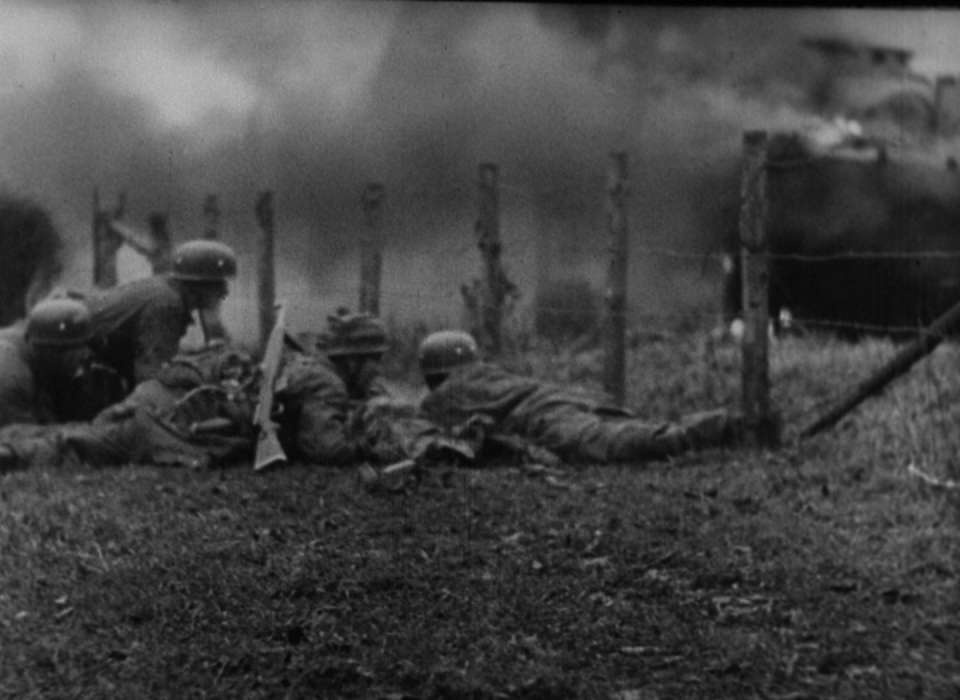
[12 of 19]
Point 3: the German tanks had a slow-turning power traverse turret (slow due to the heavy weight of the turret) while the lighter Shermans' power traverse turret moved easy and quickly.
Point 3: the German tanks had a slow-turning power traverse turret (slow due to the heavy weight of the turret) while the lighter Shermans' power traverse turret moved easy and quickly.
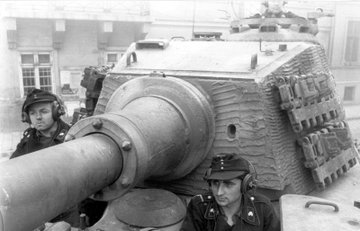
[13 of 19]
Still Point 3: In a tank-on-tank fight, the lighter American tanks were just much faster. (Take a look at the 2014 movie "Fury" starring the super-handsome Brad Pitt & you'll see what we mean)
Still Point 3: In a tank-on-tank fight, the lighter American tanks were just much faster. (Take a look at the 2014 movie "Fury" starring the super-handsome Brad Pitt & you'll see what we mean)

[14 of 19]
Point 4: We had better mobility (many will debate us here). Remember the Rick Atkinson line: "In battle, topography is fate." The Germans were trying to cross Class 20 bridges over bad/narrow Belgium roads with 70-ton tanks. Bridges collapsed, tanks flipped, got stuck
Point 4: We had better mobility (many will debate us here). Remember the Rick Atkinson line: "In battle, topography is fate." The Germans were trying to cross Class 20 bridges over bad/narrow Belgium roads with 70-ton tanks. Bridges collapsed, tanks flipped, got stuck
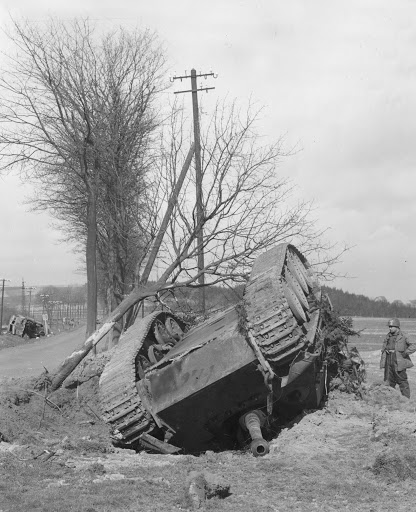
[15 of 19] Point 4 cont: Many German tankers preferred the lighter Mark V Panther medium tank as it was light enough to drive off-road while the heavier Tigers were restricted to roads and heavy bridges, making them easy targets for anti-tank teams and eventually Allied airpower. 
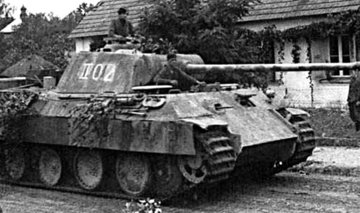
[16 of 19]
Many historians are enamored with the Tiger and Panzer tank. But, we had better mobility & better reach (less fuel required).
Also, if you hit a Tiger tank on the side or even better in the rear, you could kill it.
Many historians are enamored with the Tiger and Panzer tank. But, we had better mobility & better reach (less fuel required).
Also, if you hit a Tiger tank on the side or even better in the rear, you could kill it.
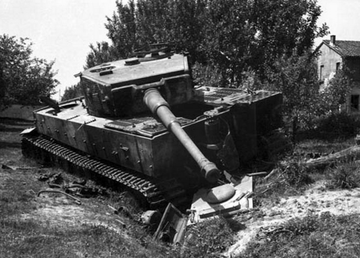
[17 of 19]
Having a heavy tank is great, but if it doesn't work when your track brakes and you now have an expensive pillbox with poorly trained infantry inside.
Having a heavy tank is great, but if it doesn't work when your track brakes and you now have an expensive pillbox with poorly trained infantry inside.
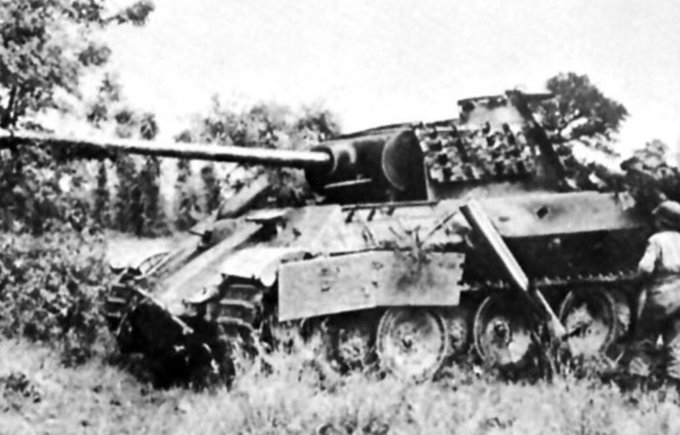
[18 of 19]
So that's it. That's the story.
Part of this is a naked attempt to appeal to the rest of #TankTwitter and engender support for our history threads.
But mostly this is thoughtful analysis and research.
So that's it. That's the story.
Part of this is a naked attempt to appeal to the rest of #TankTwitter and engender support for our history threads.
But mostly this is thoughtful analysis and research.
[END]
So, over to the self-crowned heavyweight champions of #TankTwitter, @PatDonahoeArmy, @Mother_of_Tanks, @TomHeartsTanks, and @TradocDCG [please tag all the others we don't know about]. What do you think about all this? What do you have for the people?
So, over to the self-crowned heavyweight champions of #TankTwitter, @PatDonahoeArmy, @Mother_of_Tanks, @TomHeartsTanks, and @TradocDCG [please tag all the others we don't know about]. What do you think about all this? What do you have for the people?
• • •
Missing some Tweet in this thread? You can try to
force a refresh

